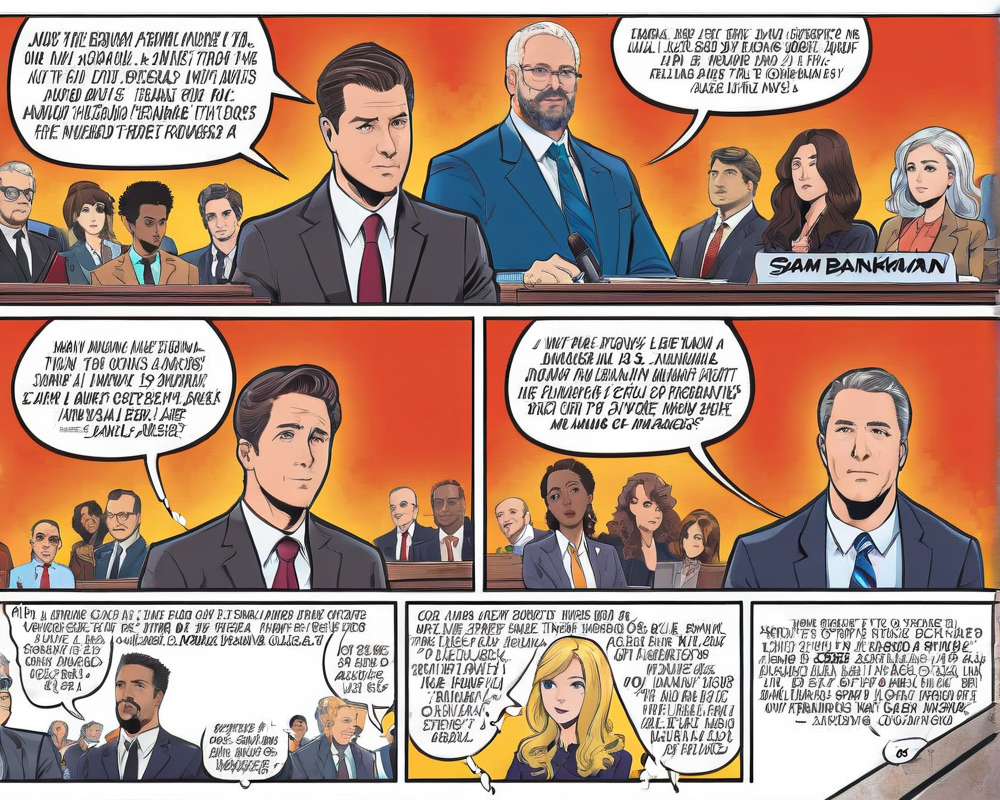The Executive Order Explained
In an unexpected twist, President Joe Biden has put on his digital thinking cap and rolled out Executive Order (EO) 14067, titled “Ensuring Responsible Development of Digital Assets.” This wasn’t a casual dress code kind of order; it came with a hefty list of reports—more than a dozen, mind you!—to be churned out and analyzed. The timeline for these reports would make any college student sweat: five were due within 90 days. The Treasury Department served up three on a silver platter by September 16.
Delving Into the Future of Money
The first report under Section 4 takes a deep dive into “The Future of Money and Payments.” If you’re eager to know about the payment systems we currently rely on, this section outlines the different players, including the Federal Reserve and the Clearing House, a cozy club of major banks. But hold on to your wallets! Joining this elite crowd is the FedNow Service, an instant payment system expected to roll out by 2023. Talk about timely!
Stablecoins: The Good, The Bad, and The Ugly
This report couldn’t resist the siren call of stablecoins, which are the latest hot topic in the crypto world. In a brief conversation, the potential pitfalls of these digital coins are examined—think reliability and compliance with Anti-Money Laundering/Countering the Financing of Terrorism (AML/CFT) regulations. The gist? Financial institutions dealing in stablecoins have AML/CFT obligations, but if a stablecoin becomes the next big thing globally, we might be dealing with a whole new can of worms.
CBDCs: The New Kid on the Block
Now, let’s talk about Central Bank Digital Currency (CBDC)—it’s like cryptocurrency but wearing a tie. The report discourses on CBDC risks, operational costs, and the potential chaos of public-private partnerships. Lambasting or praising CBDCs aside, it raises eyebrows about privacy in a world where cash might turn into a thing of the past.
CBDCs and Privacy: A Love-Hate Relationship
Imagine a world where your transactions aren’t as private as they used to be. The report hints at how a CBDC could expose us to more risks for money laundering or funding illicit activities, compared to our good old friend, cash. However, it does acknowledge that while anonymity can be a double-edged sword, CBDCs could boost supervision and compliance efforts. What a pickle!
What Lies Ahead?
As the report winds down, it recommends continuing research into CBDCs—just in case Uncle Sam decides it’s in our best interest. Also on the agenda: enhancing instant payment technology for a smoother payment process, establishing regulations, and prioritizing cross-border transactions. If that doesn’t scream “the future is now,” I don’t know what does!




